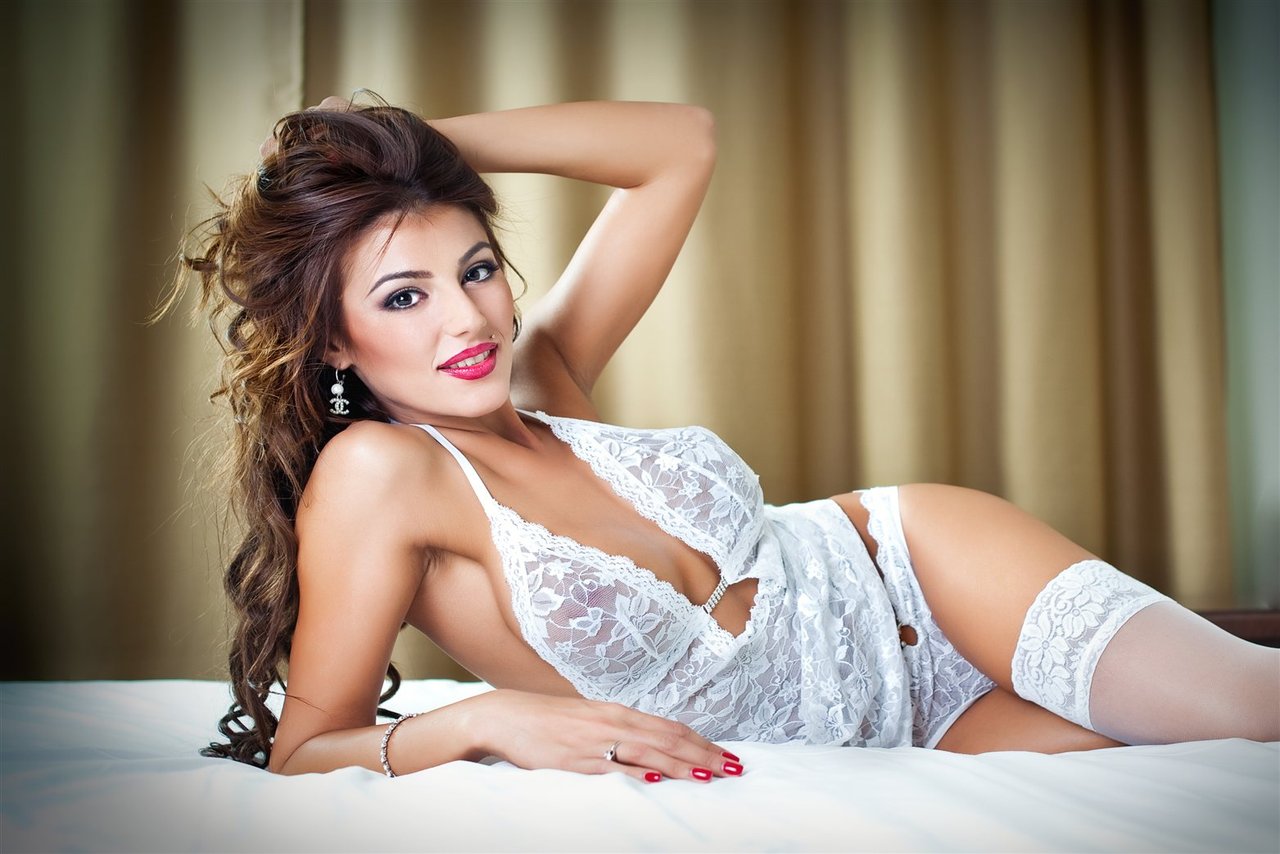Bisexual Characters in Modern Media Reflect Changing Attitudes and Inclusion
In today’s movies and TV shows, bisexual characters have gone from rare to recognized. Audiences are noticing more bi+ people onscreen, finally seeing stories that echo real-life experience. These shifts reflect wider acceptance and a hunger for authentic representation—not just for the sake of diversity, but to mirror the truth of human connection.
Bisexualdating.net supports these voices, especially where relationship dynamics go beyond black-and-white. Media now fights stereotypes by showing the wide spectrum of bisexual in movies and bisexual in tv shows—sometimes with bold leads, other times with quiet revelations. The move away from tokenism means more layered scripts, main characters whose stories go beyond just “coming out.”
This expanded visibility of bisexual storylines and LGBTQ characters gives viewers a sense of hope: finally, stories reflect the complexity of gender, attraction, and love. Statistics support this trend. GLAAD’s 2023 report showed almost half of LGBTQ+ characters on TV now identify as bisexual, a huge increase from a decade ago. Authentic onscreen bisexual representation doesn’t just matter—it’s changing how real lives unfold, both on and off the screen.
Authentic Bisexual Storylines Reshape Modern Series and Lgbtq+ Content
Showing real bisexual storylines on screen means moving past tired tropes and into stories that ring true with what viewers actually feel. Representation must go deeper than a throwaway joke or a side character whose only trait is sexuality. This shift to authenticity has transformed LGBTQ+ content, giving bi+ people stories where they recognize themselves—messy, hopeful, and complicated.
So what makes a storyline feel authentic? First, it includes more than just a coming out scene; it shows bisexual characters living through real relationship ups and downs, navigating love and disappointment, joy and heartbreak. Second, it allows their romantic relationships with different genders to develop without sensationalism—letting attraction and chemistry unfold naturally. Last, key elements like realistic dialogue, consistent character motivation, and respect for diverse identities help banish stereotypes and tokenization. It’s not about being a “twist” or serving another character’s discovery. It’s about allowing bisexual storylines their own breath and arc.
When productions use sensitivity consultants or bring in queer representation behind the scenes, authenticity shines through. Programs that listen to real voices create content that doesn’t just check a box—it lets viewers, especially those who identify as bi+, feel genuinely seen. As these stories multiply, the sense of belonging for LGBTQ+ audiences only grows stronger.
Mae Martin Feel Good: Comedy and Non-Binary Bisexual Stories Breaking Barriers
Mae Martin’s “Feel Good” stands out for its raw, semi-autobiographical voice—a story that weaves comedy with real struggle, queerness, and non-binary identities. Mae, both creator and main character, explores what it means to be bisexual and non-binary, showing a life that doesn’t fit typical boxes. The show builds its bisexual in tv shows perspective gently, with clumsy dating, awkward family dinners, and flashes of transformational joy.
Its narrative does more than assert identity; it digs into internalized shame, addiction, and the feeling of not being “enough” for any label. There’s humor, but it’s a balm—something that helps make tough conversations approachable. In highlighting non-binary realities and queer relationships, “Feel Good” offers authentic representation for the gender spectrum, often missing from mainstream series.
Viewers find comfort because stories like Mae’s admit confusion is real, love is messy, and not every box has to be checked. “Feel Good” isn’t just about romance; it is about learning self-acceptance and showing that growing up doesn’t end after your teens. This level of bisexual representation makes it a quiet classic in modern LGBTQ+ content.
Tara Thornton True Blood: Power, Agency, and Bisexuality on Screen
Tara Thornton, of “True Blood,” is the kind of bisexual character you don’t forget. She doesn’t explain herself; she just lives out her desires, making no apologies. The show’s backdrop—a southern town crawling with supernatural beings—lets characters like Tara exist beyond human prejudice. Her bisexual identity isn’t an accessory or a plot twist. She moves through relationships with men and women with confidence, not hesitation.
What sets Tara apart is the refusal to get boxed in. Her storyline is about resilience—how she navigates violence, betrayal, and loss. Those challenges shape her, but so do her moments of softness and agency. Tara’s place among lgbtq characters feels organic because “True Blood” normalizes queer representation by making it part of everyday life (well, as everyday as vampires get).
Viewers need more characters who simply live as themselves. Tara Thornton proves power comes from personal truth—she reminds us it’s not the label that defines you, but how fiercely you decide to live, love, and survive. This normalization on screen chips away at the stigma for bi+ people, turning what used to be a trope into a fully-fleshed human being.


